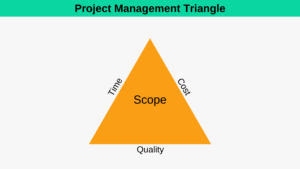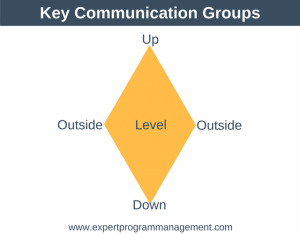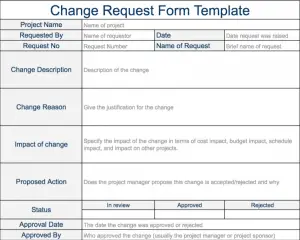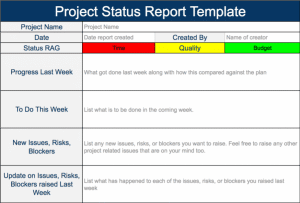If you want to ensure that your stakeholders feel loved and cared for during your project or program execution, you’re going to need a communication plan to ensure that communication to stakeholders occurs regularly and in an agreeable manner.
Do not leave communication to chance. You should aim to create the communication plan as quickly as possible after the project starts, but be sure you understand the project vision and your communication objectives first. The main items which should be covered in a project communication plan are:
- Executive Summary
- Information Collection
- Information Distribution Definitions
- The Communication Matrix
1. Executive Summary
2. Information Collection
In this section you will discuss how information will be collected and managed within the project. For example, information might be collected formally via status reports at the weekly project status meeting, and this information stored in advance of the meeting on a Wiki. Informal communication also needs to be captured and stored so it is visible to the team. For example, informal emails and telephone conversations could also be transferred to the above mentioned Wiki.
3. Information Distribution Definitions
In this section of the communications plan we define the structure of each formal communication which will be sent. For each formal communication you should define the following:
- Communication name
- Purpose
- Owner
- Format
- Frequency
- Participants or recipients
Here are a couple of examples to make this easier to understand. The first one looks at the Weekly Project Status Report, and the second one at the Monthly Project Status Sharing meeting.
Communication Name: Weekly Project Status Report
Purpose: to share the overall project status
Owner: the project manager
Format: email
Frequency: weekly
Recipients: all stakeholders
Communication Name: Monthly Project Progress Sharing
Purpose: to actually demonstrate to people how the project is progressing
Owner: the program manager
Format: teleconference
Frequency: monthly
Participants: all
4. The Communication Matrix
The communication matrix is simply a visual representation of the communications which will happen within the project or program. An example is shown below:
As you can see, this diagram makes it very clear which groups of stakeholders should be receiving which communications. To know which stakeholders should be part of which groups you will need to perform some stakeholder analysis. You can track the output of your stakeholder analysis either in the appendix of your communications plan or in a separate spreadsheet.











